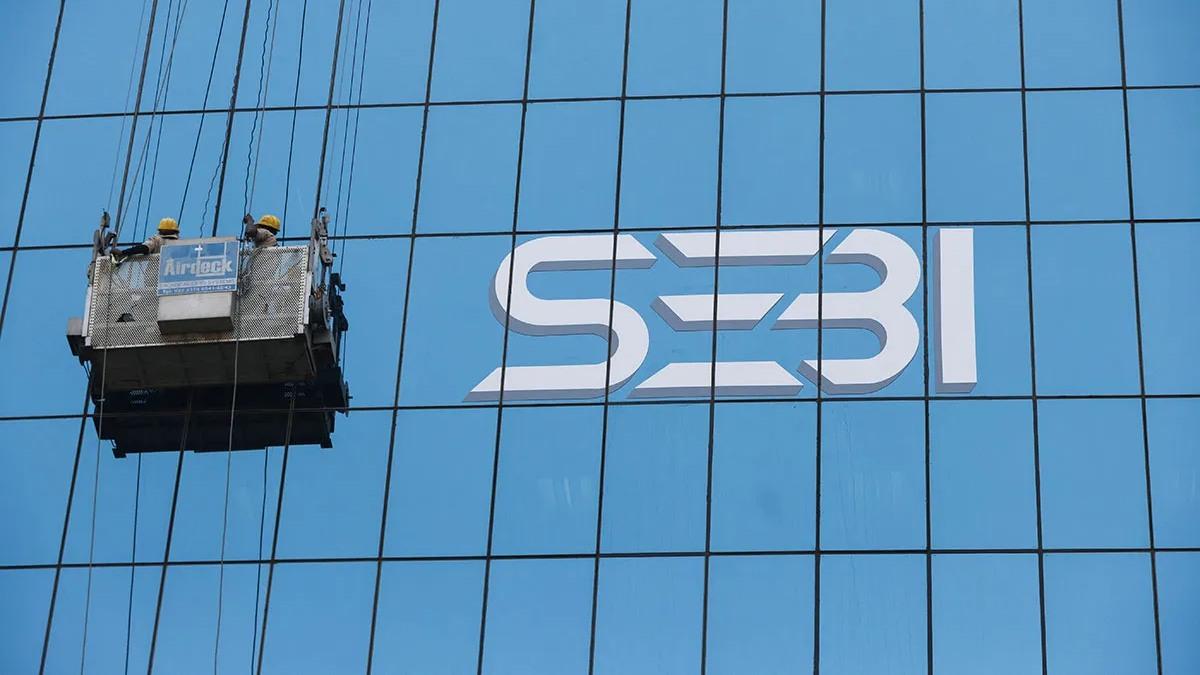With average returns of 18 per cent over the past year, listed real estate investment trusts (Reits) have clearly outperformed both the Nifty Realty index and the Sensex.

Illustration: Dominic Xavier/Rediff
Over the same period, Nifty Realty fell 15.5 per cent, while the benchmark index was largely unchanged.
Steady office leasing, the Securities and Exchange Board of India’s (Sebi’s) decision to reclassify Reits as equity instruments, and ongoing portfolio expansion have strengthened the sector’s appeal.
Leasing across the country’s seven largest office markets has stayed firm through the first three quarters (January–September).
Leasing offtake has crossed 50.9 million square feet (msf), up 8 per cent year-on-year.
Bengaluru leads the pack with leasing of 14 msf, making up 27 per cent of overall office space demand.
Leasing in Pune and Chennai over nine months has already exceeded their full-year 2024 levels.
Arpit Mehrotra, managing director for India office services at Colliers, says the pickup has been driven by higher space take-up from global capability centres (GCCs) and steady demand from domestic firms.
GCCs alone have taken nearly 20 msf this year across the top seven cities, accounting for about 40 per cent of total office space demand.
Sebi’s reclassification of Reits from hybrid instruments to equity brings India in line with global practices.
Mutual funds can now include them in equity indices, which should deepen liquidity, albeit with more volatility.
This change is expected to draw more foreign capital into Indian real estate.
The sector faces a few challenges — information technology layoffs linked to artificial intelligence, and US measures such as higher H1-B visa fees and the possible HIRE (Halting International Relocation of Employment) Act.
Yet leasing has held up.
About 20 msf of active requests for proposals are in play across the top seven cities, with Bengaluru alone accounting for 60 per cent, largely thanks to GCC demand.
Analysts Parvez Kazi and Vasudev Ganatra of Nuvama believe shifting US policies could further benefit Bengaluru’s property market through increased offshoring and GCC setups over the medium term.
Rising demand is reflected in high occupancy levels among listed Reits and their expansion plans.
Commercial asset owners report healthy demand from GCCs, supported by flexible office operators, helping push up occupancy across cities.
Most listed office landlords have hit 90 per cent occupancy. Brigade Enterprises, DLF, and Mindspace Business Parks Reit are already above that level as of the first quarter of 2025-26 (FY26).
Brookfield India Real Estate Trust and Embassy Office Parks Reit aim to get there by the end of FY26.
Analysts at Kotak Securities, led by Murtuza Arsiwalla, say asset owners have a strong pipeline of new properties that should support earnings beyond same-store growth.
Yields remain attractive at 6-7 per cent, with decent medium-term growth potential.
Among listed REITs — Knowledge Realty Trust debuted in August — BOB Capital Markets has a ‘buy’ on Mindspace and Brookfield, and a ‘hold’ on Embassy.
Analyst Yashas Gilganchi expects Mindspace’s higher occupancy to push up in-place rents by 6.1 per cent annually through 2027-28 (FY28).
The Reit should be able to fund growth cheaply as it refinances 43.8 per cent of its debt maturing by FY28.
For Brookfield, the brokerage views its acquisition-led strategy as helping it grow leasable space faster than its peers.
The trust should also benefit from lower interest costs, as its repo-linked loans (almost 88 per cent of total borrowings) adjust to lower rates.
Embassy’s reliance on fresh developments to grow its leasable area slows its expansion pace.
Its high debt load also limits how much rental income growth can flow through to dividends per unit.
JM Financial Services has a ‘buy’ call on Nexus Select Trust, which plans to expand through acquisitions and asset-light greenfield partnerships across major markets.
Management expects to double its retail portfolio by 2029-30 on the back of a busy transaction pipeline.



